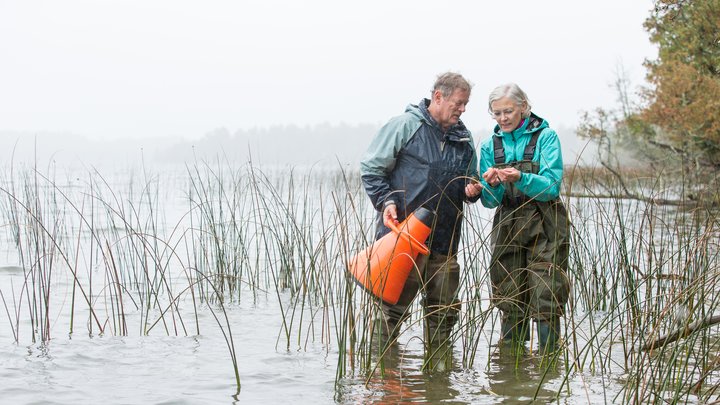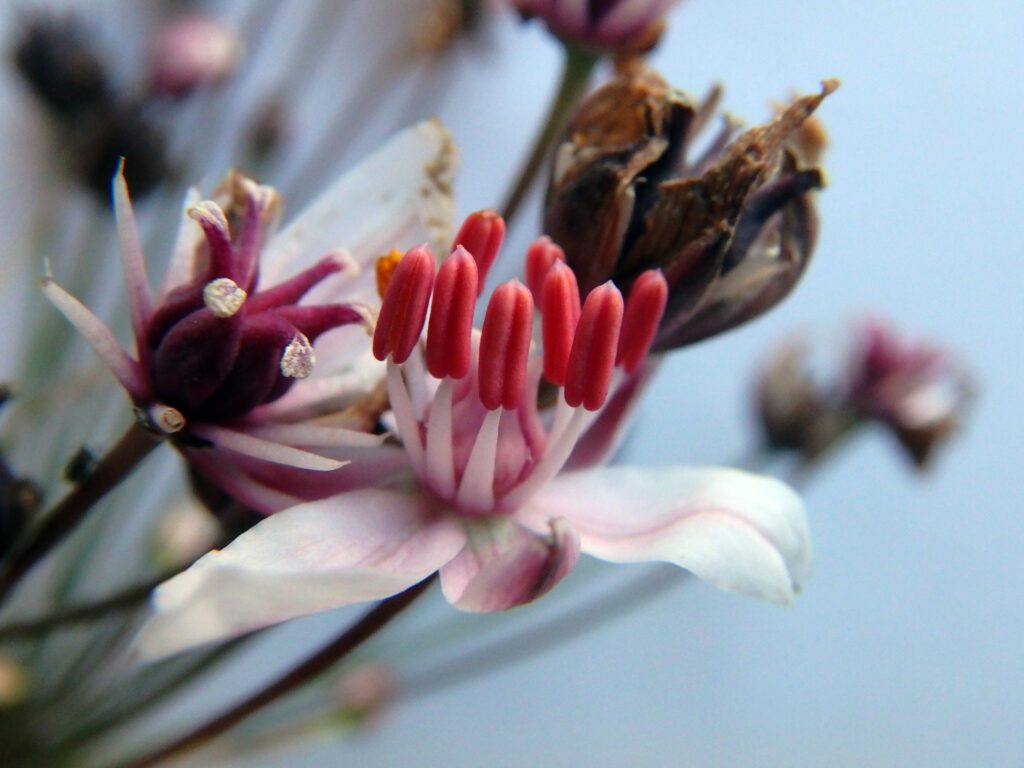Aquatic Invasive Species (AIS) Detectors is a University of Minnesota program that aims to help protect Minnesota’s life at the lake by empowering community members through its volunteer programs, events, workshops, and other educational offerings.
Get hands-on with AIS
AIS detectors help monitor the waterbodies across the state by volunteering their time at events, being involved in the community, and doing samples by waterbodies near them. To become a certified AIS Detector, participants work through a self-paced online course, two live online workshop sessions, and pass an exam at 70% or better. Anyone who is 18 years of age or older and living in Minnesota can become a detector. Detectors learn about a variety of aquatic invasive species that are currently a threat to the state, as well as ones that are predicted to cause issues in the future. The course covers invasive plants including Eurasian watermilfoil, hydrilla, and starry stonewort; invasive invertebrates including spiny water flea, rusty crayfish, zebra mussels, and quagga mussels; and invasive fish including bighead carp, silver carp, round goby, and ruffe.
Becoming an AIS Detector as a resident in the Comfort Lake Forest Lake Watershed District, helps our efforts to expand citizen science within our community. Having community members involved in AIS monitoring helps District staff by getting more eyes on our waterbodies throughout the seasons and help catch early reports of new invasive species. Early AIS detection is critical in managing the threat and keeps our lakes and streams healthier in the long run. The AIS Detectors program at the University of Minnesota is supported by the Minnesota Aquatic Invasive Species Research Center (MAISRC) and University of Minnesota Extension. You can learn more about the AIS detectors program on the MAISRC Webpage.





